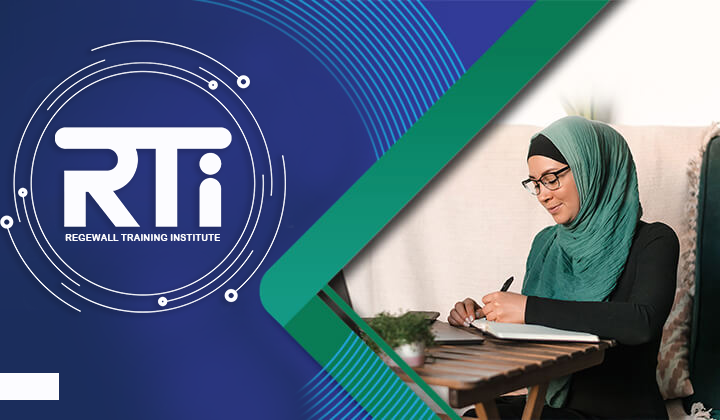International Protocol and Diplomacy Training
RTI offers International Protocol and Diplomacy Training, which will give complete knowledge about international protocol standards. The protocol is a rule that describes how an activity is to be performed, most often in the field of diplomacy. In diplomatic services and other fields of governance, protocols are considered to be unwritten guidelines of behaviour and conduct.













